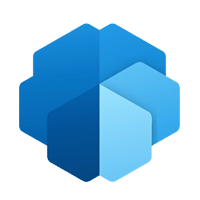Power Platform Case Study on How PowerFy Helped a Retail Giant Bring Order to Distributor Chaos
Setting the Scene
When I first met the supply chain team at a leading retail giant in Southeast Asia, I could immediately sense their frustration. On paper, the company was thriving—strong product lines, hundreds of distributors, and a loyal customer base. But beneath that success was a constant struggle to keep shelves stocked with the right products.
Distributors were submitting orders in every way imaginable. Some emailed Excel sheets, others called them in, and a few even relied on fax. By the time the central team consolidated everything, the data was already out of date. Demand had shifted, and the company was either running out of fast-moving items like cooking oil or holding warehouses full of products no one was buying.
One of the managers described it perfectly during our first workshop:
“We’re always trying to catch up with demand, but we never get ahead of it.”
Understanding the Challenge
After spending time with both the internal teams and several distributors, three big problems became clear:
- Too many fragmented systems: Orders came in through emails, calls, and spreadsheets, making consolidation painful.
- Guesswork ruled demand planning: Distributors ordered based on gut feel rather than data trends.
- Distributor dissatisfaction: Smaller partners, especially, found the process slow and frustrating.
The retailer didn’t want a massive, complex system. They wanted something simple, practical, and fast—a single place for distributors to order and a smarter way to plan demand.
The Idea We Proposed
Our solution at PowerFy was to build a distributor portal using Microsoft Power Pages, integrated with AI Builder to bring forecasting intelligence into the process.
The idea was straightforward:
- Distributors would log into a secure, easy-to-use portal.
- Instead of starting from scratch, they’d see AI-generated recommendations for what and how much to order.
- Approvals, updates, and order tracking would all be automated to reduce back-and-forth.
Instead of a blank order form, distributors would see nudges like:
- “Based on sales trends, you may need 1,200 packs of detergent this week.”
- “Cooking oil demand in your region is expected to rise 18% next month.”
This wasn’t about replacing human decision-making—it was about giving distributors a head start with data-driven insights.
Rolling It Out
We deliberately avoided a “big bang” rollout and instead focused on quick wins.
- Month 1: A prototype was created in Power Pages, connected to the company’s data, and tested with ten distributors. AI Builder’s forecasting model was trained on two years of historical sales data.
- Months 2–3: The pilot expanded to 200 distributors across three regions. Here we added multilingual support (English, Malay, and Tamil), since not every distributor was comfortable with English.
- By Month 6: The system went live for all 600 distributors. Power BI dashboards were embedded in the portal so partners could track order history and view trends.
There were a few bumps along the way. Some distributors struggled with the login process, and others were skeptical of the AI recommendations. But as forecasts began to match real demand, confidence grew quickly.
One distributor remarked:
“Earlier I spent hours checking last year’s records to estimate what I needed. Now the portal just shows me a number, and it’s usually right.”
That feedback was a turning point.
The Results
The improvements were noticeable within just three months of the full rollout:
- Stockouts dropped by 35%, keeping fast-moving goods consistently on shelves.
- Excess inventory reduced by 22%, cutting waste and storage costs.
- Distributor satisfaction improved by 40%, with partners reporting the system was faster and easier.
- Decision-making time shrank by 60%, freeing the supply chain team from endless spreadsheet crunching.
Perhaps the most powerful shift was that the AI model kept learning. Every week it retrained with fresh data, sharpening its forecasts. Over time, distributors began relying on the system as a decision-making partner rather than just a tool.
Why It Worked
Yes, the technology played a big role. Power Pages gave us a secure, scalable platform, and AI Builder made forecasting possible without needing a team of data scientists. But the real success came from how we implemented it:
- Keeping the interface simple and intuitive.
- Involving distributors early, so they felt included in the process.
- Rolling out in phases, showing value quickly instead of waiting for a “big reveal.”
It wasn’t about perfection. It was about solving today’s problems while laying the foundation for tomorrow.
Looking Back
For this retail giant, the project was more than an efficiency upgrade. It fundamentally changed how they collaborated with their distributors. The relationship shifted from reactive order-taking to proactive planning.
At powerfy, we’ve always believed AI is at its best when it’s practical—when it helps people make smarter decisions without adding complexity. This case reinforced that belief.
The retailer now has a distributor network that no longer guesses at demand. Instead, they use data and AI to stay ahead. And perhaps the biggest compliment came from the distributors themselves: they not only accepted the new system but embraced it.
That, more than the metrics, tells us the solution has lasting impact.
To know more about Intelligent Retail solutions, talk to Team PowerFy Solutions Today!










